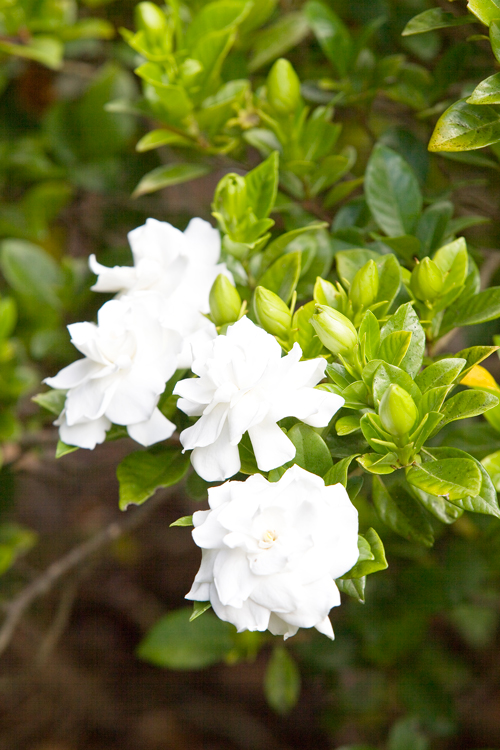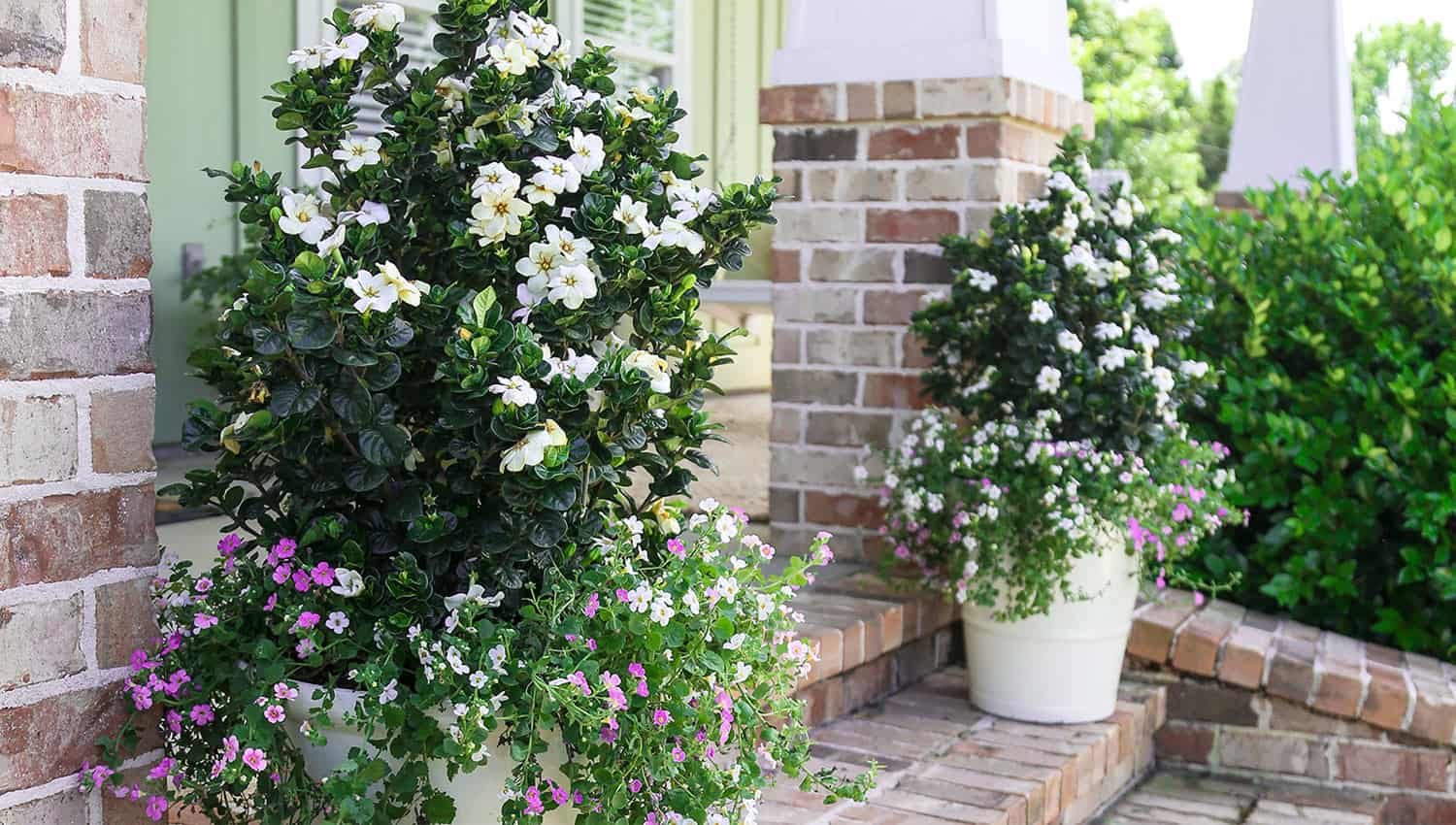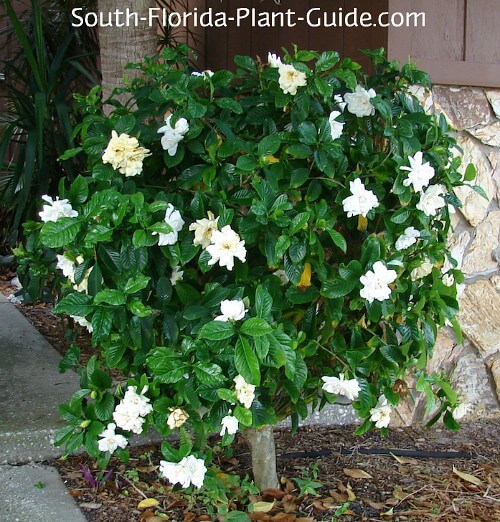How To Grow A Lush Gardenia Hedge In Days
Gardenias are beautiful shrubs that are known for their fragrant white flowers. They can be grown as hedges, which can add a touch of elegance and beauty to your yard. If you are thinking about growing a gardenia hedge, there are a few things you need to know.
Choosing the Right Variety
There are many different varieties of gardenias, so it is important to choose one that is suitable for your climate. Some varieties are more cold-hardy than others, so if you live in a cold climate, you will need to choose a variety that can withstand the cold.
Planting the Hedge
Gardenias should be planted in full sun or partial shade. They prefer well-drained soil, but they can also tolerate slightly acidic soil. When planting the hedge, dig a hole that is twice as wide and deep as the root ball of the plant. Backfill the hole with soil, tamping it down gently. Water the plant well and mulch around the base to help retain moisture.
Watering and Fertilizing
Gardenias need regular watering, especially during the first year after planting. Water the hedge deeply once a week, or more often if the weather is hot and dry. Gardenias also need to be fertilized regularly. Use a fertilizer that is high in nitrogen and phosphorus. Fertilize the hedge in the spring and fall.
Pruning
Gardenias need to be pruned regularly to keep them healthy and to encourage new growth. Prune the hedge in the spring, after the flowers have faded. Cut back the branches by one-third to one-half. You can also shape the hedge by trimming the branches as needed.
Protecting from Pests and Diseases
Gardenias are susceptible to a few pests and diseases, such as scale, mealybugs, and anthracnose. If you notice any pests or diseases on your hedge, treat them immediately with an appropriate pesticide or fungicide.
With proper care, you can grow a lush gardenia hedge in days. With their fragrant white flowers, your hedge will be a beautiful addition to your yard and will provide you with years of enjoyment.
visit Home Gardening for more information
FAQ of gardenia hedge
- How do I start a new gardenia plant?
Gardenias are one of the easiest shrubs to root from cuttings. Simply cut a 6-inch piece of healthy stem from a mature plant in mid-summer. Strip off the bottom leaves and dip the end of the cutting in rooting hormone. Plant the cutting in a pot of well-draining potting mix and keep the soil moist. Roots should form within a few weeks.
- What are the best tips for growing gardenia hedges?
Gardenias prefer full sun or partial shade and well-drained, acidic soil. They need regular watering, especially during hot, dry weather. Fertilize gardenia hedges once a month during the growing season with a balanced fertilizer. Prune gardenia hedges in late winter or early spring to shape them and remove dead or damaged branches.
- What are some common problems with gardenia hedges?
The most common problems with gardenia hedges are pests, diseases, and poor growing conditions. Common pests that can attack gardenias include scale insects, mealybugs, and whiteflies. Common diseases that can affect gardenias include powdery mildew, black spot, and root rot. If your gardenia hedge is not thriving, it may be due to poor soil conditions, lack of sunlight, or overwatering.
- How do I prevent pests and diseases in my gardenia hedge?
The best way to prevent pests and diseases in your gardenia hedge is to keep it healthy. This means watering it regularly, fertilizing it once a month, and pruning it in the spring. You can also help prevent pests and diseases by inspecting your gardenia hedge regularly for signs of problems. If you do find pests or diseases, you can treat them with insecticidal soap, neem oil, or horticultural oil.
- How do I make my gardenia hedge bloom more?
The best way to make your gardenia hedge bloom more is to provide it with the right growing conditions. Gardenias need full sun or partial shade, well-drained, acidic soil, and regular watering. You can also help encourage blooms by fertilizing your gardenia hedge once a month during the growing season with a balanced fertilizer.
Image of gardenia hedge
10 different images of gardenia hedge that are free to use:
- A tall gardenia hedge in full bloom, with white flowers and glossy green leaves.

- A low-lying gardenia hedge, with a close-up of the white flowers and green leaves.

- A gardenia hedge in a sunny spot, with the flowers open and showing their yellow centers.

- A gardenia hedge in a shady spot, with the flowers still closed but the leaves a deep green.

- A gardenia hedge in a pot, with the flowers and leaves spilling over the sides.

- A gardenia hedge in a garden, with the flowers providing a contrast to the other plants.

- A gardenia hedge in a park, with the flowers providing a fragrant welcome to visitors.

- A gardenia hedge along a driveway, with the flowers providing a beautiful backdrop to the cars.

- A gardenia hedge along a fence, with the flowers providing a privacy screen.

- A gardenia hedge in a doorway, with the flowers providing a welcome sight to guests.

Post a Comment for "How To Grow A Lush Gardenia Hedge In Days"